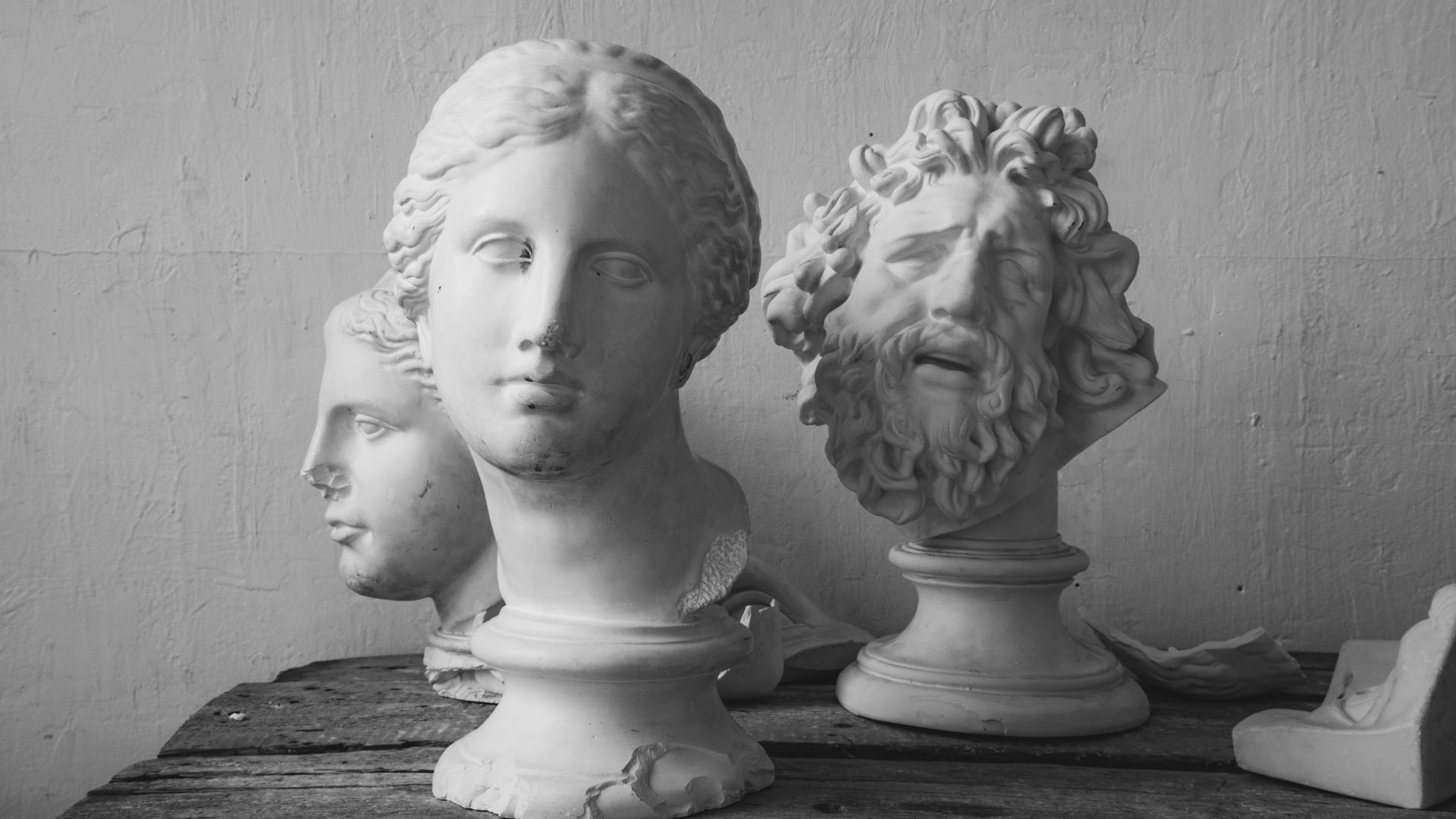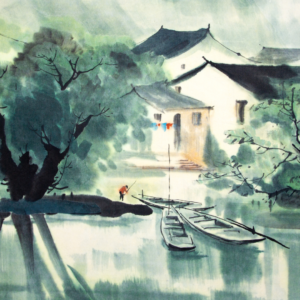Throughout history, art has had a significant impact on the world. From inspiring people to change the way they view the world, to helping them better understand it, to creating narratives that can be shared and enjoyed by generations to come, art has had a profound impact on everyone who has seen it.
In this blog post, we’re going to take a look at just some of the ways in which art has shaped the world over the years.
The Origins of Art
The origins of art are shrouded in mystery. Some say that early humans created paintings and sculptures as a form of primitive communication; others believe that art is a product of human evolution, emerging to help humans express themselves and connect with one another. Regardless of its origins, art has had an incredible impact on the world over the centuries.
From the ancient civilizations of Mesopotamia and Egypt to the modern era, art has played an important role in shaping society and culture.
Arts such as poetry, music, and painting have helped to shape how we view the world and ourselves. In addition, art has been instrumental in spreading knowledge across cultures, helping to foster understanding between people from different backgrounds.
Despite its immense power and influence, however, art is not without its critics. Some argue that it can be harmful or destructive, for example, by glorifying violence or promoting racism.
Others claim that art should be free from political or religious agendas — something that is becoming increasingly difficult to achieve in today’s globalized world.
Regardless of these debates, however, there is no doubt that art has had a profound impact on human history and will continue to do so for years to come.
The Influence of Religion on Art
Religion has a significant impact on art, from the creation of monuments and paintings to the way artists express themselves. Throughout history, religion has played a role in shaping art and its purpose.
One of the earliest known examples of religious art is the Cave of Lascaux, which is located in France. The cave contains paintings dating back to between 16,000 and 12,000 BC that depict animals, humans, and symbols associated with early religions.
Religious art continues to be popular throughout the world, and some artists have used religious themes to create powerful works of art.
One example is Michelangelo’s sculpture, David. The statue is inspired by biblical stories of David and Goliath, and it is considered one of Michelangelo’s finest pieces of work.
David has been displayed in many different countries around the world, and it is often used as an example of religious artistry.
Religious art can also be found in less formal settings. For example, Buddhist monks often paint murals that depict scenes from Buddhist scriptures.
These murals can be found inside temples around the world, and they are often used as a source of inspiration for artists who want to create their own religious artwork.
The Development of Western Art
The development of Western art is one of the most important events in history. It has had a huge impact on the way people view life, and has even led to some of the world’s most famous paintings and sculptures.
The beginnings of Western art can be traced back to ancient Greece. Here, artists such as Pheidias and Lysippus developed monumental sculpture and painted beautiful landscapes. This style quickly spread to Rome, where great painters such as Michelangelo and Leonardo da Vinci created stunning paintings and sculptures.
Later, during the Middle Ages, artists began developing their own styles. Some popular examples include the works of Giotto (1304-1366) and Fra Angelico (1437-1494). These artists created impressive religious murals and altarpieces, which are still admired today.
During the Renaissance period (1450-1650), European artists rediscovered classical antiquity and began developing their own unique styles.
Some of the most famous Renaissance painters include Leonardo da Vinci, Raphael, and Michelangelo. Their paintings depicted beautiful scenes from classical mythology, making them some of the most renowned works of art in history.
The Impact of War on Art
War has always had an impact on art, from the earliest cave paintings to the present day. In this blog post, we’ll explore the various ways war has shaped and influenced art over the centuries.
One of the earliest ways in which art has been shaped by war is through propaganda. Throughout history, armies have used art to communicate their message to the masses.
For example, during World War II, the Nazis used propaganda posters to promote their ideology. These posters often featured beautiful images of Nazi Germany, while also depicting negative aspects of life under Nazi rule.
By contrast, Allied propaganda posters featured images of happy citizens living free under a free government.
This type of propaganda also played a role in World War I. For example, one poster known as The Battle of Loos depicted French and British soldiers fighting together against German troops. This poster was designed to show civilians back home that their soldiers were fighting bravely on their behalf.
However, The Battle of Loos also served as a warning to the Germans: if they didn’t stop their attacks soon, Britain and France would eventually defeat them.
Another way in which war has shaped art is through censorship. Throughout history, governments have tried to control what information people can access by censoring artwork or movies. For example, during World War II, the Nazis banned books and films that they considered unfavorable towards Germany.
The history of art is fascinating and complex, with influences from all over the world. From Ancient Greece to China, from cave paintings to Renaissance masterpieces, art has had a profound impact on the way we view the world around us. If you’re interested in learning more about how it has shaped our culture and our lives, be sure to read on!





